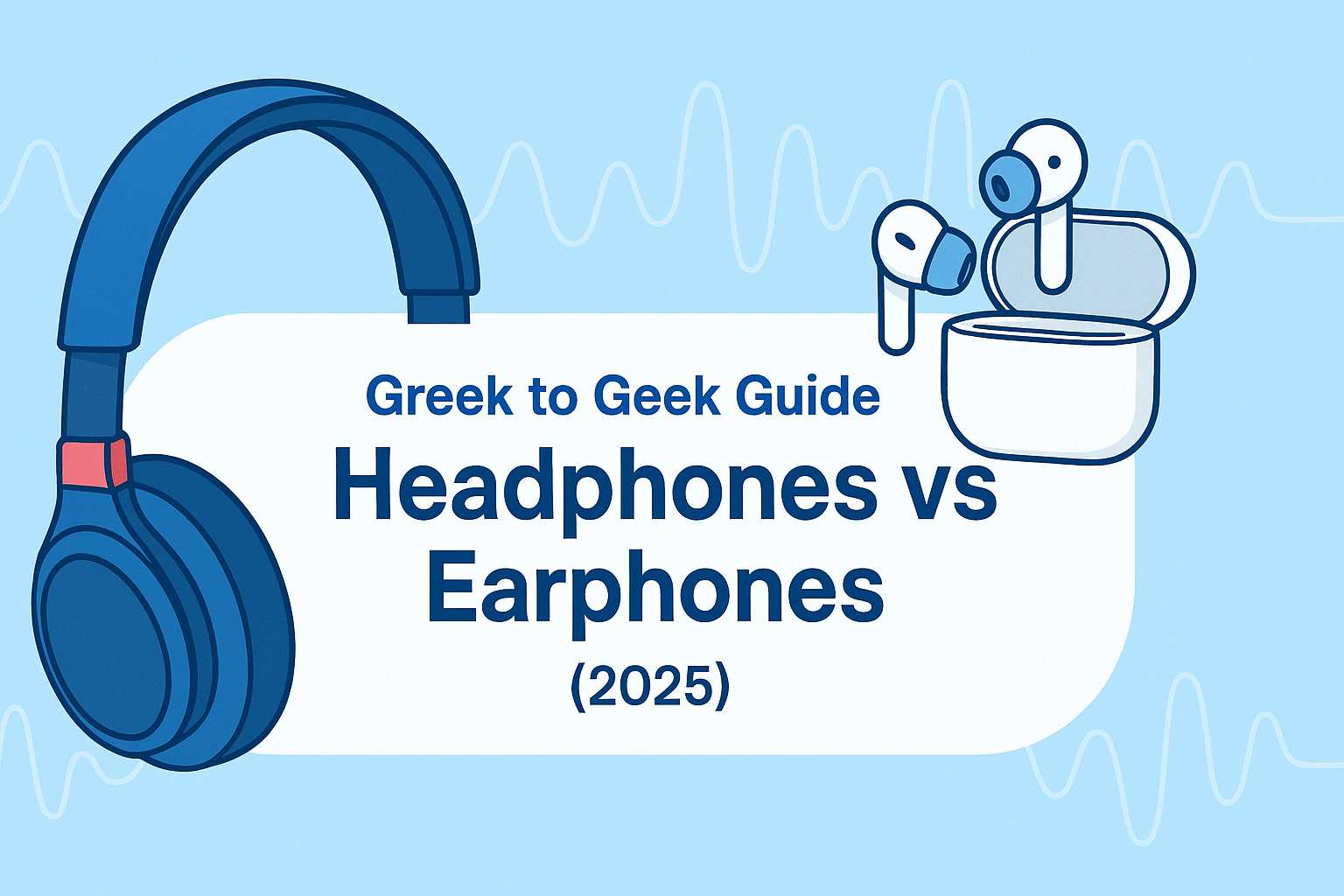But Fuzz, the aptly named “side project” Segall formed in 2011 with high school friends Charlie Moothart and Chad Ubovich, is not the product of a short attention span. The band’s self-titled 2013 debut found them playing the role of music historians as much as musicians, calling forth the ghosts of metal past and trying their flowing robes on for size. Sabbath is the most glaring reference point, but the boys also did their homework on Hendrix, King Crimson, and deeper cuts like the psych rock outfit The Groundhogs. Basically, if it was British and heavy as hell, it found its way into Fuzz’s collective conscious.
The fact that Segall plays drums instead of a beat-up Fender is already enough to distinguish Fuzz from his other work, but zeroing in on proto-metal has led to some of the most thoughtful (though still undeniably visceral) music of his prolific career. The second album from the California-bred group is meatier than its predecessor in every conceivable way, starting with the guitars, which have been pushed forward to the front of the mix in such a way that nearly relegates Segall’s shrieking vocals to the role of wallpaper. Riffs are ultimately the fuel that powers the record’s engine, a six-cylinder relic from the 1960s, and guitarist Moothart reigns as the MVP in spite of his drummer’s more considerable star power.
But this role reversal is about more than the adjustment of a few studio knobs. The loose, meandering jams that dominated tracks like “Hazemaze” on the band’s debut have mostly been supplanted by straight-up burners that sear with purpose from beginning to end. II is an album on a mission, even if that mission is simply to pummel your ass into various states of euphoria, and Moothart’s guitar remains firmly entrenched in the role of commander. It’s easy to see how listeners might have lost themselves in the webby noise of the debut, which sacrificed a solid sense of direction for the subtler joys of exploration. The only direction on II is forward, and to stray off the path would be to fall into the dark abyss that circles and presses in from all sides.
As if to prove that they aren’t fucking around this time out, II kicks off with a 7-minute ripper that bears the unwieldy name “Time Collapse pt. II / The 7th Terror”. All that time gives Moothart the space to unleash some of his best work on the whole album, which comes in the form of the sludgy solo that precedes the song’s major shift. The band follows this triumphant intro with “Rat Race”, by far the bluesiest track of the bunch and one that’s buoyed almost entirely by the riff at its core. It’s a fun, if fairly straightforward romp, and things only get more interesting with “Let It Live”, which slows things down and finally lets Segall’s voice shine through the mix. The result sounds like the Beatles covering Black Sabbath, right down to lyrics that would feel right at home in one of John Lennon’s darker journal entries: “Watching all the people walking/ I wonder if they feel alone?/ See their feet touch the emptiness/ I can’t hear it at all.”
It’s easy to call out these subtle changes in tone and tempo from the vantage of having listened to II several times front to back. But, the fact of the matter is that a lot of these songs blend together on the first and even second listen, and the album’s greatest strength — its riffs — might also be a chink in its almighty armor. There simply isn’t much to distinguish a song like “Pollinate” from one like “Pipe”, besides minor variations on the same overarching theme. This isn’t to say that such tracks aren’t worthy of your time; both are among the album’s heaviest, and “Pipe” is the closest Fuzz has ever come to outright Sabbath worship (in a good way). But the group is most successful when they augment their riffs with weird experiments and sonic flourishes. A case in point is the extended clean intro that opens “Burning Wreath”, though the fuzzed-out bass that serves as the backbone to two-minute ripper “Red Flag” is another good example.
In fact, the album’s back half is loaded with such moments, which doesn’t detract from its full-steam-ahead force so much as add a bit of nuance to the muscular frame. “Sleestak” may never progress beyond a simple jam, but it gives Segall an avenue to show off his drumming chops in a way the rest of II doesn’t. And Fuzz saves some of the most creative stuff for last, signing off with two of the album’s longest tracks in “Silent Sits the Dust Bowl” and the 14-minute “II”, which explores so many avenues of their sound that it might have made for a satisfactory EP in its own right.
If II proves anything, it’s that Fuzz remains a force to be reckoned with. Segall and co. have only honed their chops in the years since their debut, and it’s almost terrifying to project what will come in the next stage of their evolution. Given how heavy this latest effort sounds compared to its predecessor, it’s possible that their own progression will mirror the advancement of early metal from blues-based rock to an entirely different kind of monster. Regardless of the eventual destination, theirs is a ride that fans of heavy music will want to take. At least until the tinnitus becomes too much to bear.
Essential Tracks: “Let It Live”, “Pipe”, “II”




Share:
Matthew Koma talks early influences, his studio set up and going solo
Stagg Continues To Grow Artist Line-Up